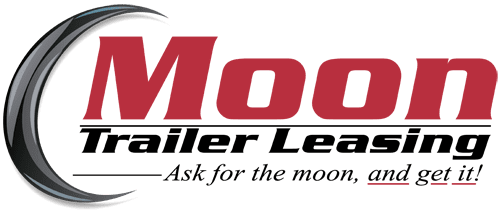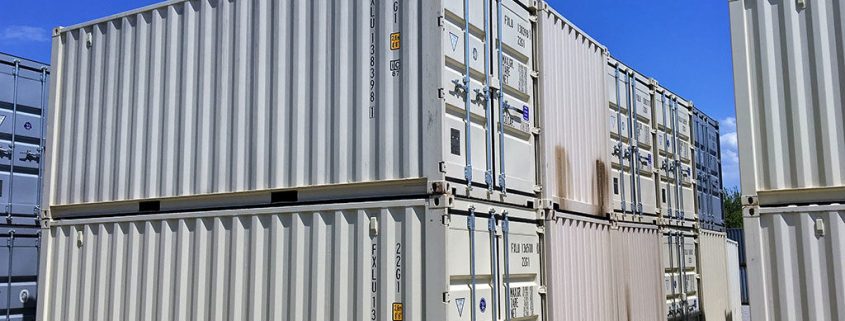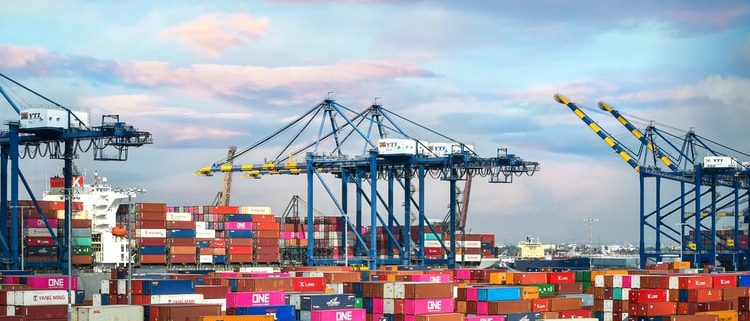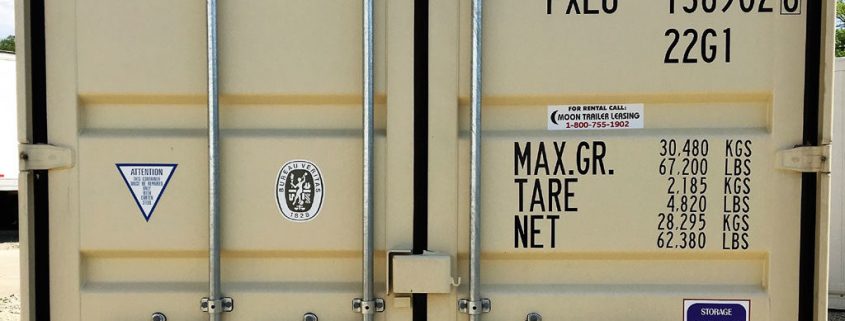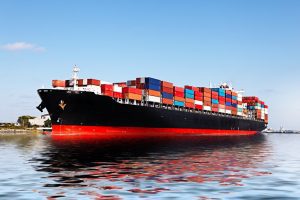Conex Boxes at Moon Trailer Leasing
Moon Trailer Leasing offers quality Conex boxes for rent and sale. These versatile shipping containers can handle a wide array of transportation, shipping, and cargo needs in a globalized context. Here’s why you should consider renting or buying a Conex box with Moon.
Versatility
The Conex box, also referred to as a shipping container or ocean freight container, is at the heart of modern industry all around the world. These steel containers are designed to be safe, secure, and reliable for all kinds of freight. In fact, they are so common that today there are an estimated 30 million or more of these containers in use around the world.
One key aspect of their versatility is the variety of sizes there are available. Here at Moon, we offer both 20 and 40 foot containers for rent and sale. Depending on the scale of shipping in your business, you may prefer one of these two sizes.
Quality Steel That Meets Regulations
Moon’s Conex boxes are all ISO-approved. The ISO, or International Organization for Standardization, is an organization that issues standards around industrial practices. ISO guidelines around Conex boxes include safety and strength specifications to ensure you are getting a quality Conex box. This also ensures containers are weatherproof and tamperproof, keeping goods safe as they travel across the world to consumers. Our ISO-approved Conex boxes have the durability, strong steel components, and stackability you need to ensure your products are transported safely and efficiently.
Features That Increase Efficiency
Those efficiency-focused features play a key role in your success in the industry. For example, Moon’s Conex boxes come with secured lock boxes to increase security (in most units). Our Conex boxes also have swinging doors on both the front and back of each unit, making loading and unloading easier. They are also accessible by forklift, meaning you can move units around quickly. All of these features work together to give you the flexibility you need to meet challenges in the day-to-day operations of your business.
Conex Boxes for Every Situation
Here at Moon, we are proud to offer a wide selection of Conex boxes that vary in use and grade. Our units come in different colors, conditions, sizes, and grades. We price these units fairly depending on all of these factors. This means that we have something for everyone, depending on what you are looking for and what your budget is. From well-used to like new, and from high grade to lower grade, we offer this selection so that you always have options when you work with us. We will work with you to determine the best unit for your unique situation.
If you are interested in learning more about purchasing used Conex boxes from Moon Trailer Leasing, please contact us today by phone at 502-776-2199 or by email. Locally-owned and operated, Moon Trailer Leasing has offices in Louisville, Kentucky and Lexington, Kentucky. Moon Trailer Leasing has sold new and used Conex boxes to customers throughout Kentucky and Southern, Indiana for over two decades.
